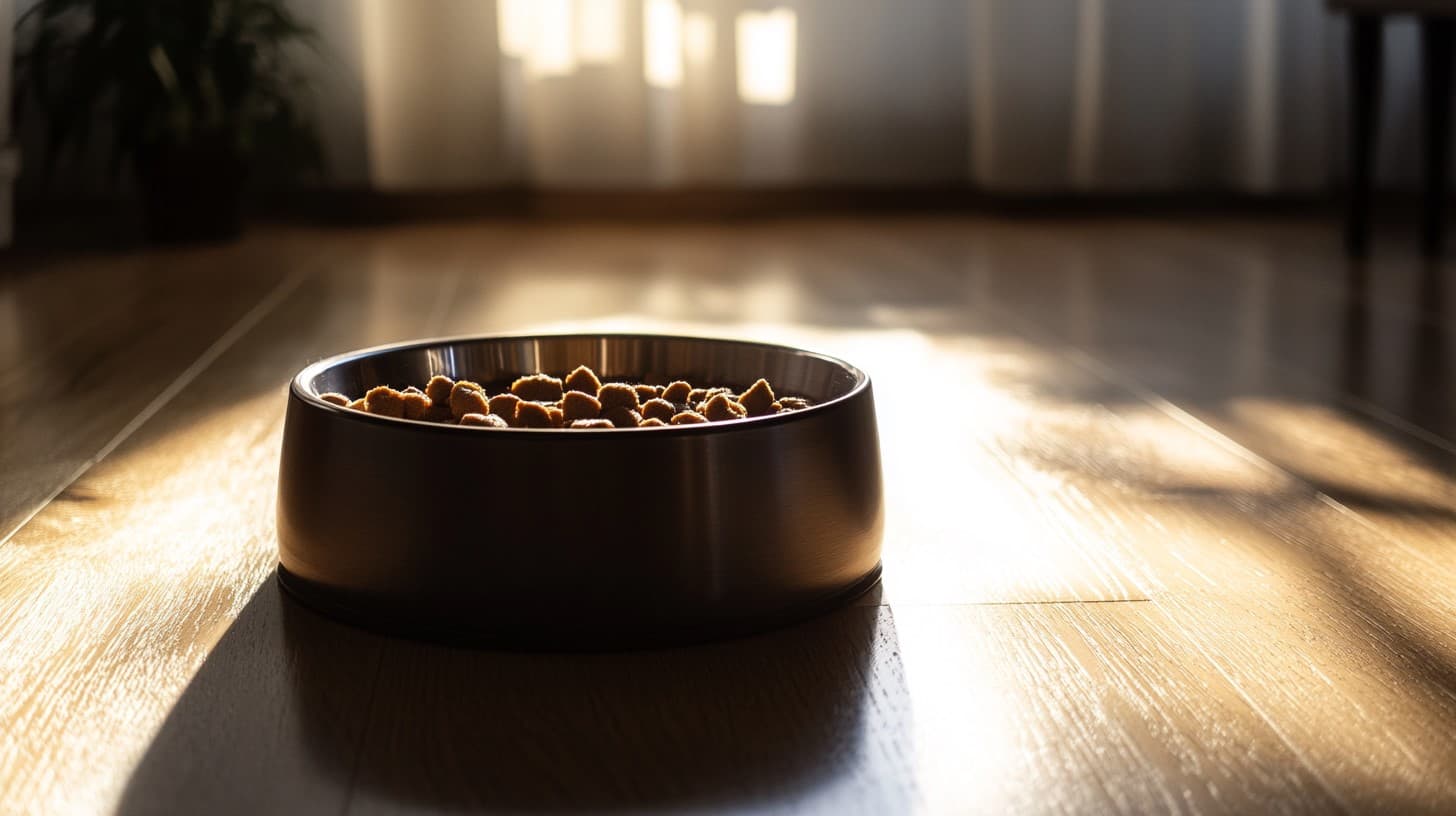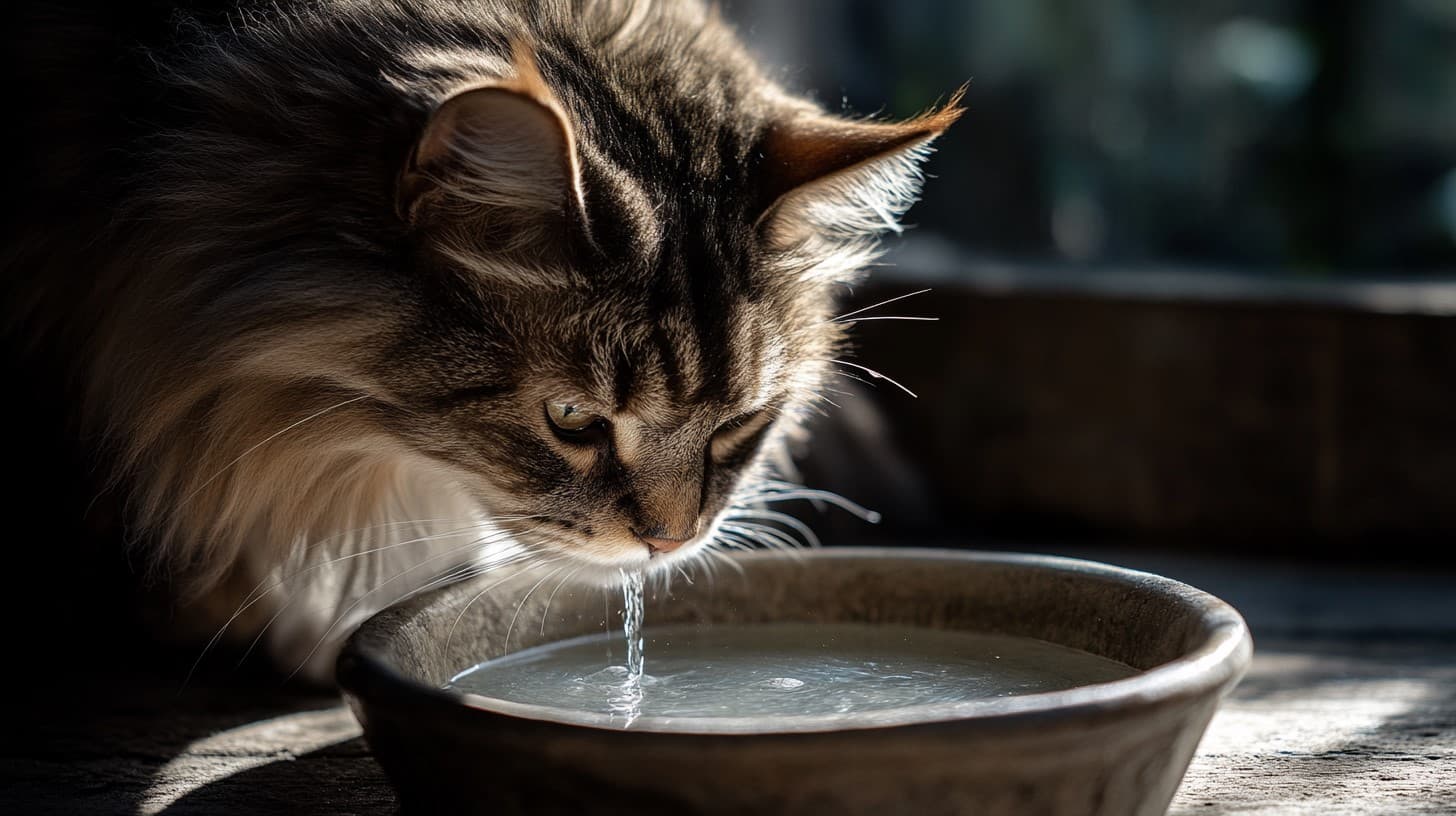Understanding Feline Nutrition: What Should Be in Your Cat's Diet?
Introduction
Cats are obligate carnivores, which means their diets must consist of specific nutrients derived primarily from animal sources. A balanced diet is crucial for maintaining your cat's health, longevity, and overall well-being. In this guide, we’ll explore the essential nutrients cats need and how to ensure your feline companion gets a diet that meets all their dietary requirements.
Essential Nutrients for Cats
-
Protein
Protein is the cornerstone of a cat’s diet. It provides the amino acids cats cannot synthesize on their own, such as:- Taurine: Essential for vision, heart health, and reproduction.
- Arginine: Vital for removing ammonia from the body.
Sources: Poultry, fish, beef, and high-quality commercial cat foods.

Image: A balanced bowl of cat food featuring cooked chicken, wet food, and kibble.
-
Fats
Fats provide concentrated energy and are critical for the absorption of fat-soluble vitamins (A, D, E, and K). They also maintain a healthy coat and skin.
Sources: Chicken fat, fish oil, and animal-based fats. -
Vitamins
Cats require certain vitamins for metabolic processes:- Vitamin A: For vision and immune health.
- Vitamin D: Supports bone health.
- B-Vitamins: Aid in energy metabolism.
Unlike humans, cats cannot convert beta-carotene into Vitamin A, so they need pre-formed Vitamin A from animal sources.
-
Minerals
Key minerals include:- Calcium and Phosphorus: Essential for strong bones and teeth.
- Magnesium and Potassium: Crucial for muscle and nerve function.
- Iron: Supports healthy red blood cells.
A balanced diet typically ensures adequate mineral intake.
-
Water
Hydration is vital for overall health, particularly for kidney function. Cats naturally have a low thirst drive, so incorporating moisture-rich foods like wet cat food can help maintain hydration.
What Should Be in Your Cat’s Diet?
- High-Quality Animal Protein: At least 30-35% of your cat’s diet should come from protein sources.
- Fats for Energy: A fat content of about 15-20% is ideal.
- Minimal Carbohydrates: Cats have limited ability to process carbs, so their intake should be minimal.
- Moisture-Rich Foods: Wet food can provide hydration, while dry kibble helps with dental health.
- Essential Supplements: Some cats may benefit from added taurine, fish oil, or probiotics based on their health needs.
Foods to Avoid
Certain foods can be harmful or even toxic to cats, including:
- Chocolate and Caffeine: Both can be lethal due to theobromine content.
- Onions and Garlic: Damage red blood cells, leading to anemia.
- Dairy Products: Many cats are lactose intolerant.
- Raw Eggs: Risk of salmonella and biotin deficiency.
Types of Cat Diets
-
Commercial Cat Foods
- Dry Food (Kibble): Convenient but may lack moisture.
- Wet Food (Canned): High in protein and moisture.
- Semi-Moist Foods: Often high in sugar and preservatives; not ideal as a staple.
-
Homemade Diets
- Require careful planning to avoid nutrient deficiencies.
- Must include supplements like taurine and Vitamin E.
-
Raw Diets
- Mimics a cat’s natural diet but poses risks of bacterial contamination if not prepared correctly.

Image: A hydrated tabby cat drinking water from a ceramic bowl.
Tips for Feeding Your Cat
- Feed Small, Frequent Meals: Mimic their natural hunting behavior by offering multiple small meals daily.
- Portion Control: Obesity is a common problem; follow feeding guidelines based on your cat’s age, weight, and activity level.
- Consult Your Veterinarian: Always discuss dietary changes with a vet to ensure your cat’s nutritional needs are met.
Conclusion
Understanding feline nutrition is key to providing your cat with the best quality of life. A balanced diet rich in animal protein, essential fats, and vitamins, coupled with proper hydration, ensures your cat remains healthy and active. Whether you choose commercial foods or prepare meals at home, make sure your cat’s diet is tailored to their unique needs.